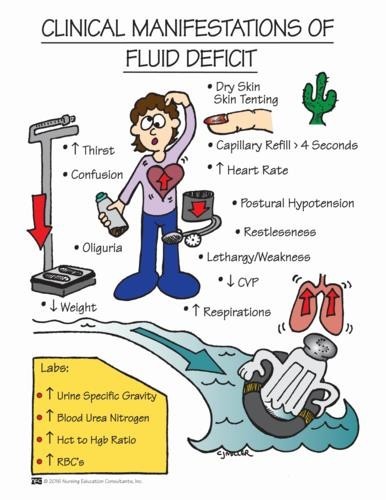A nurse is caring for a client who is refusing medical treatment. Which of the following actions should the nurse take?
Explain the negative consequences of the refusal.
Discuss with the client's partner why the treatment is necessary.
Document the client's refusal of the treatment.
Try to convince the client that the treatment is needed.
The Correct Answer is C
A: While explaining the negative consequences of refusal is important, it may not change the client's decision, and respect for the client's autonomy must be upheld.
B: Discussing the treatment with the client's partner without the client's consent may breach patient confidentiality and privacy.
C: Correct. The nurse should document the client's refusal of the medical treatment in the client's medical record. This documentation is essential for legal and ethical purposes and to ensure that the refusal is adequately communicated to the healthcare team.
D: Trying to convince the client to undergo the treatment is not appropriate and may violate the principle of informed consent. The client has the right to refuse treatment after being adequately informed of the risks and benefits.
Nursing Test Bank
Naxlex Comprehensive Predictor Exams
Related Questions
Correct Answer is ["B","D","E"]
Explanation
A: A full bounding pulse is a sign of increased fluid volume or fluid overload, not fluid volume deficit.
B: Cool extremities can be an indication of decreased peripheral perfusion, which may occur in fluid volume deficit.
C: Moist crackles in the lungs are an indication of fluid volume excess or pulmonary congestion, not fluid volume deficit.
D: Orthostatic hypotension, which is a drop in blood pressure when changing from lying to standing, can be a sign of fluid volume deficit due to inadequate blood volume.
E: Flat neck veins are an indication of decreased venous return and can occur in fluid volume deficit.

Correct Answer is ["C","D","F"]
Explanation
A: The neurological findings were already noted in the nurse's initial assessment, and the client's orientation and movement of extremities are within the expected range postoperatively.
Therefore, it does not require immediate reporting.
B: While the initial assessment indicated drainage on the dressing, there has been no further drainage since that time. A small amount of drainage following abdominal surgery is an expected finding and does not need to be reported to the provider unless drainage continues or increases over time.
C: Monitoring urinary output is essential, especially in a postoperative client, as it helps assess renal function and hydration status. Any significant changes in urinary output should be reported to the provider promptly.
D: The client's reported pain level of 6 on a scale of 0 to 10 indicates moderate pain, and the provider should be informed to address the pain and consider adjustments to the pain management plan.
E.Gastrointestinal assessment is incorrect. While nausea and hypoactive bowel sounds were initially noted, the client reports relief after the administration of metoclopramide.
F.Vital signs is correct. The client's heart rate and respiratory rate have increased, and their blood pressure and oxygen saturation levels have decreased. These findings should be reported to the provider.
Whether you are a student looking to ace your exams or a practicing nurse seeking to enhance your expertise , our nursing education contents will empower you with the confidence and competence to make a difference in the lives of patients and become a respected leader in the healthcare field.
Visit Naxlex, invest in your future and unlock endless possibilities with our unparalleled nursing education contents today
Report Wrong Answer on the Current Question
Do you disagree with the answer? If yes, what is your expected answer? Explain.
Kindly be descriptive with the issue you are facing.
